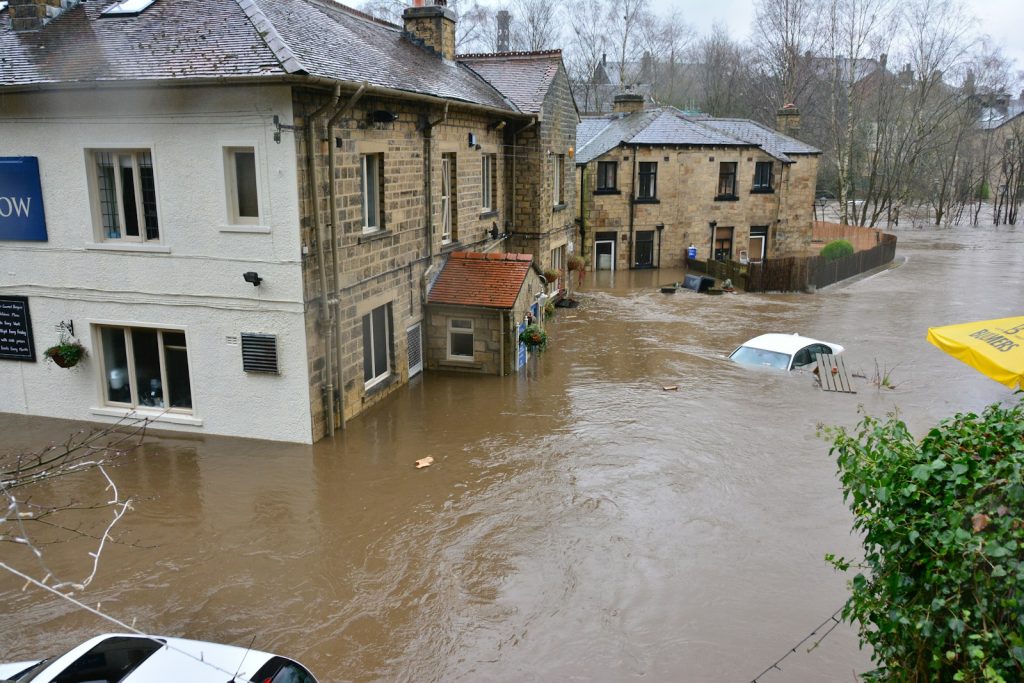
As storms intensify, the need for precise damage assessments becomes increasingly critical. The emergence of groundbreaking technologies in storm damage assessments is not just exciting, but also a source of relief and peace of mind for homeowners, insurance companies, and attorneys, highlighting their advantages and the reassurance they bring.
Traditionally, storm damage assessments relied on on-site visual inspections by surveyors. Although thorough, this method is time consuming, subjective, and often risky. Surveyors typically use handwritten notes and forms, which can be inconsistent and slow.
Innovative technology is transforming storm damage assessment.
1. Drones and AI Analytics
Drones outfitted with high-resolution cameras and AI-driven analytics are revolutionizing storm damage assessments. They deliver rapid, precise, and detailed visual data of affected areas, minimizing surveyors’ risks and accelerating the assessment process. Insurance companies benefit from faster claim processing and improved accuracy, reducing disputes and fraud.
2. Geographic Information Systems (GIS)
When combined with remote sensing tools like infrared cameras and LiDAR, GIS technology enables detailed mapping and analysis of storm damage. This combination swiftly provides comprehensive data, facilitating better decision-making for recovery efforts. Homeowners and insurance adjusters can more precisely assess the extent of the damage.
3. LiDAR Technology
Mobile and aerial LiDAR systems capture millions of 3D measurements, creating highly detailed virtual models of affected areas. This technology drastically cuts the time required for damage assessments and aids in efficient recovery planning. Attorneys can leverage LiDAR data as compelling evidence in legal disputes.
4. Cloud Computing
Cloud computing allows for the storing and processing of vast amounts of data collected from drones and other sensors. This technology enables real-time data access, streamlining the evaluation process. For individuals, this means quicker assessments and a faster path to recovery.
So, what does this mean for homeowners and those living in apartments?
Homeowners:
– Transparency: Advanced technologies provide precise, reliable assessments, enhancing trust.
– Safety: Reduced need for physical inspections in hazardous areas.
Insurance Companies:
– Efficiency: Faster, more accurate assessments lead to quicker claim processing.
– Accuracy: AI and GIS technologies minimize errors and reduce fraud.
Attorneys:
– Evidence: High-quality, detailed data supports more robust cases in legal disputes.
– Efficiency: Streamlined assessments facilitate quicker case resolutions.
Future Trends in Storm Damage Assessment are moving fast.
Emerging Technologies: AI-driven predictive analytics and integration with IoT devices offer promising future advancements.
Industry Adoption: Widespread use of these technologies could transform storm damage assessments, making them more efficient and reliable.
Regulatory Implications are having an impact. Supportive regulatory changes will be necessary to leverage these innovations fully.
Integrating advanced technologies in storm damage assessment is a revolutionary step for homeowners, insurers, and attorneys. These innovations provide faster, safer, and more accurate evaluations, enhancing recovery efforts and legal processes. Embracing these technologies can lead to more resilient communities and streamlined disaster response strategies.
Explore and adopt these innovative technologies to enhance storm damage assessments and support effective recovery and legal resolutions. Check out the article below for more information about how accuracy is becoming more common and how fraudsters are caught.
(https://nicholasbiase.blogspot.com)
